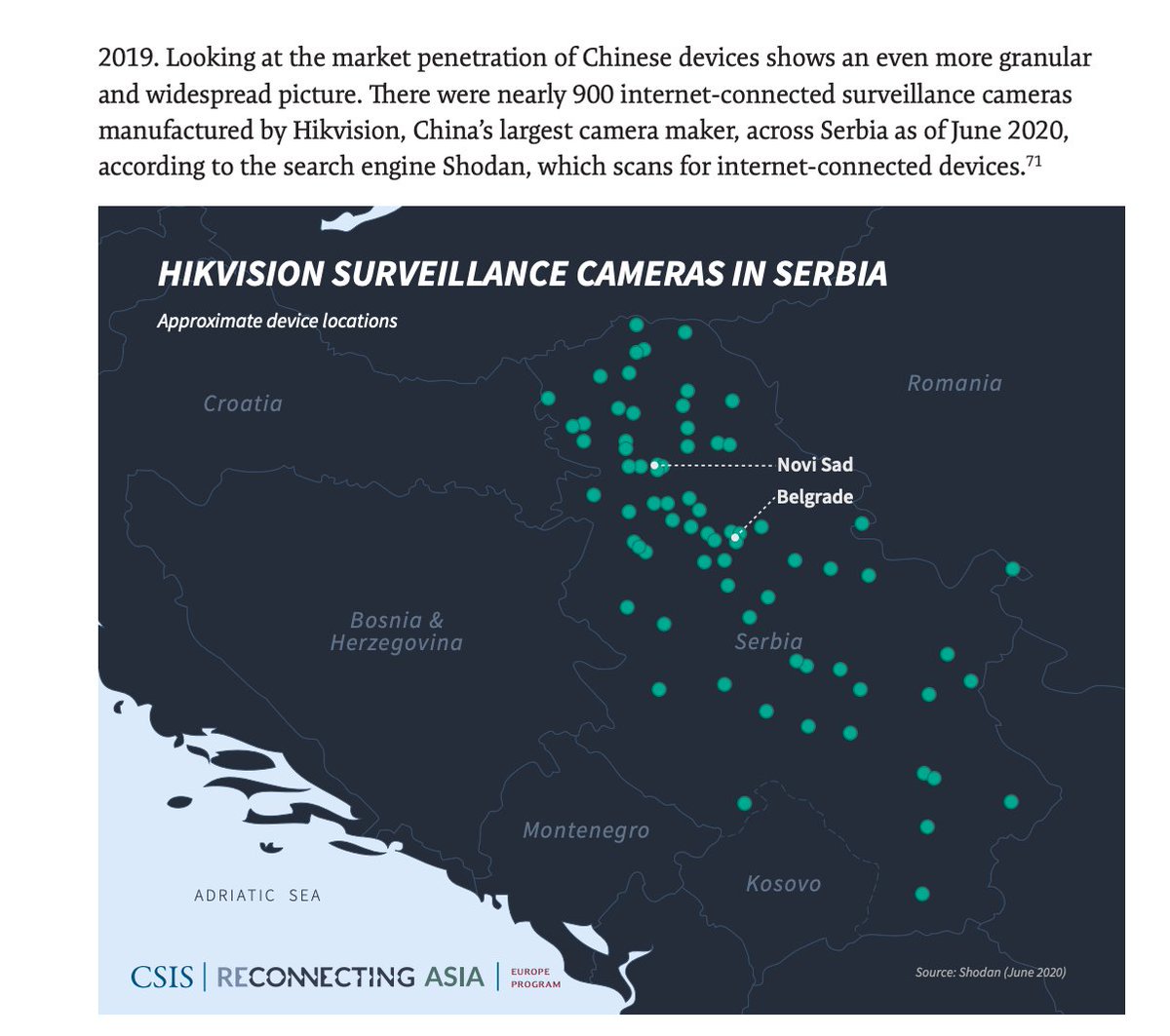

“Few – if any – of the most important sites for shorebirds – the Philippines’ Manila Bay, Vietnam’s Mekong Delta or Peninsular Malaysia’s Penang coast – are protected areas at the moment. Meanwhile, several potentially important sites for migratory waterbirds remain to be studied, and ongoing research such as satellite tracking has uncovered areas of wetland that hold threatened species, but which are entirely undocumented. For instance, while 180 Important Bird & Biodiversity Areas (IBAs) across Southeast Asia contain coastal wetlands, only a small number are actually legally protected. These knowledge gaps have impeded efforts to protect the most important wetlands for threatened species.Įven when important sites have been identified, action has not necessarily been taken. Protecting these sites is therefore a conservation priority – but what has been achieved so far?Ī new paper published in the journal Oryx, written by BirdLife and several of our national Partners, sheds light on the scale of the challenge – not least, the large gaps in basic ecological knowledge of shorebirds in the region, including where the most important sites are found. These vital habitats form the heart of the East Asian-Australasian Flyway – one of the world’s major bird migration flight paths. Along the way, the diverse flocks converge upon the coastal wetlands of Southeast Asia to refuel on the shoreline’s bountiful worms and molluscs. Every year, over 200 species of waterbird take off from their breeding grounds across the tundra, marshes and frozen forests of northern Asia, bound to spend the winter in the balmy climates of Australia and New Zealand.


 0 kommentar(er)
0 kommentar(er)
